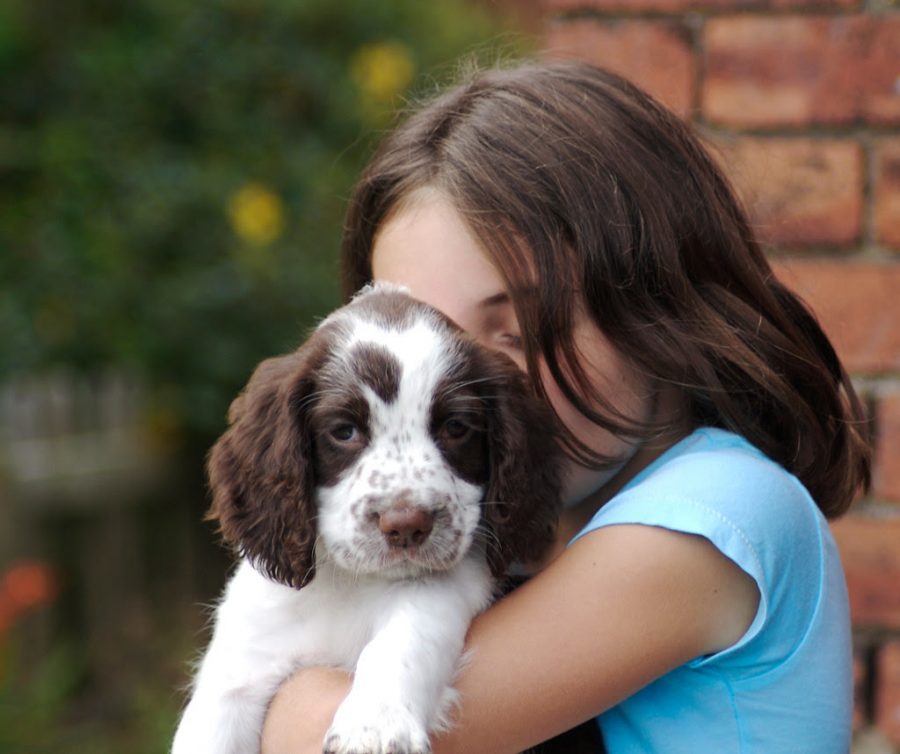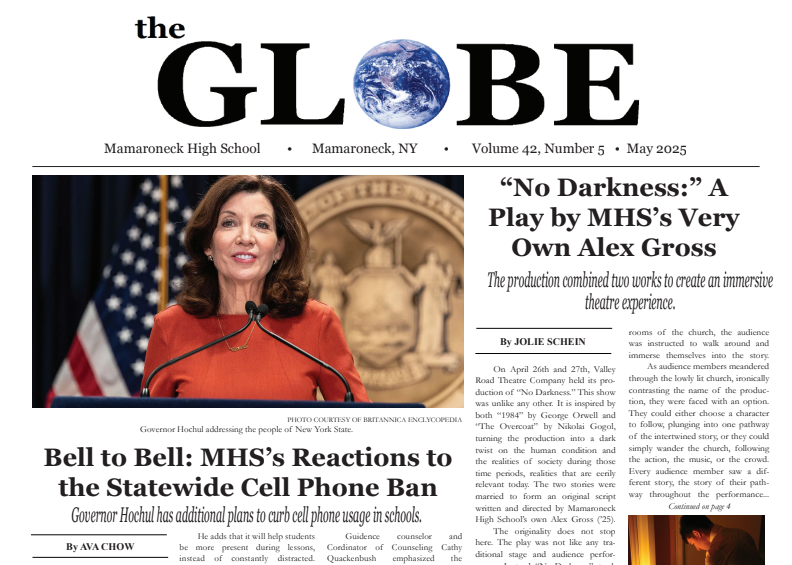‘Pandemic Puppies’ Face Life Beyond Quarantine
Many puppies were given homes during the global lockdown; now those puppies are integrating into the real world.
Photo Courtesy of SMLP.CO.UK on Creative Commons
A young child cuddles with her new ‘pandemic puppy.’
November 5, 2021
COVID-19 isolated and bored millions. The remedy? A puppy. This past year, people adopted dogs to pass the time, entertain themselves, and have a companion while isolated from the rest of the world. Puppies found families in record numbers. According to the Washington Post, it was to the point where shelters were running out of dogs. Pandemic circumstances changed pet ownership, new puppies were never left alone, and they rarely ventured far from their homes. Now that the world is reopening and people are returning to work and school full time, pandemic puppies do not know how to adjust and their owners are learning how big a commitment owning a dog is.
While these dogs were often adopted to help owners cope with COVID-19, the dogs are now the ones who need help coping. They have never been on their own, so many are experiencing extreme anxiety and have begun to act out because they don’t know what else to do. This is the aftermath of the pandemic puppy.
Before life returned to normalcy, pandemic puppies had already begun to exhibit signs of the behavioral issues to come. Since the dogs rarely left their homes or saw others, they did not get properly socialized. This led to an extremely reactive generation of dogs. Reactive behavior is barking or growling at people, lunging at other dogs, and jumping on people, says the Washington Post. Dog trainer Cat Clutton explains that the earlier dogs get help for these problems, the better. “Waiting until behavior becomes unmanageable does not leave owners or trainers with much flexibility,” she explains. “The longer bad habits are in place, the harder it is to change them.” Many owners don’t realize this, and when the behavior gets out of control, they don’t want to work to resolve it. US Today reports that owner surrenders in 2021 are up 82.6% from 2020. Dogs are getting returned and placed back into shelters with issues that will make it more difficult for them to be re-adopted.
Not only were pandemic puppies not properly socialized, they also never learned how to be by themselves. This has contributed to the development of separation anxiety on a large scale. Los Angeles based dog trainer, Elisha Stynchula reveals, “I’ve never in my life spoken to a client, until the last few months, where they’ve literally never left the dog alone… now these very attached pandemic puppies will have to deal with being alone—and not just alone-in-the-other-room alone or alone-for-five-minutes alone.”
As this has started to happen, many dogs have had trouble adjusting. “The second anyone would leave the room, Potato would start crying,” Daisy Burckin (‘22) says about her Moyen poodle Potato. “He couldn’t be left alone for a minute, let alone an entire school day.”
According to The Atlantic, pandemic puppies are reacting to these changes in one of two ways: upset at first but eventually adapting, or with genuine separation anxiety. “They are terrified… they’re not just upset about being alone,” explains dog trainer Malena DeMartini, a specialist in canine separation anxiety. The dogs are scared to be on their own and often react in ways such as destroying furniture and barking nonstop. But there is hope.
Although trainers are booked solid and training classes are full, there are steps that owners can take at home that will help make a difference in their dog’s behavior. Dogs take separation harder if it is an immediate change. To make the transition easier, “a couple weeks, or months even, of getting the dog accustomed to being alone for gradually increasing periods of time” can help, states the Washington Post. In addition to this, getting one’s puppy on a regular routine can help them acclimate to being alone.
In terms of aggressive dogs, or dogs that are lashing out by barking, growling, or biting, training is often necessary. But at home, owners can start by using positive reinforcement instead of negative. The common response of telling a dog “no” or disciplining it for these actions negatively reinforces the action, meaning the dog will believe they were right to react. Instead, positive reinforcement should be used to reward dogs for behaving well. US Today explains that positive reinforcement is more effective and takes less time to see results. In addition to this, owners should search for the root cause of their dogs’ issues and work from there.
Pandemic puppies are a generation of dogs with more collective problems than any generation before due to their lack of socialization and alone time. Clutton adds that “owners need to realize that their choice to take on a puppy as a source of companionship and entertainment while stuck at home should not become the dog’s lifelong problem.” Instead of giving up on these dogs and rehoming them, owners need to commit to the time and energy it is going to take to help them adjust.






